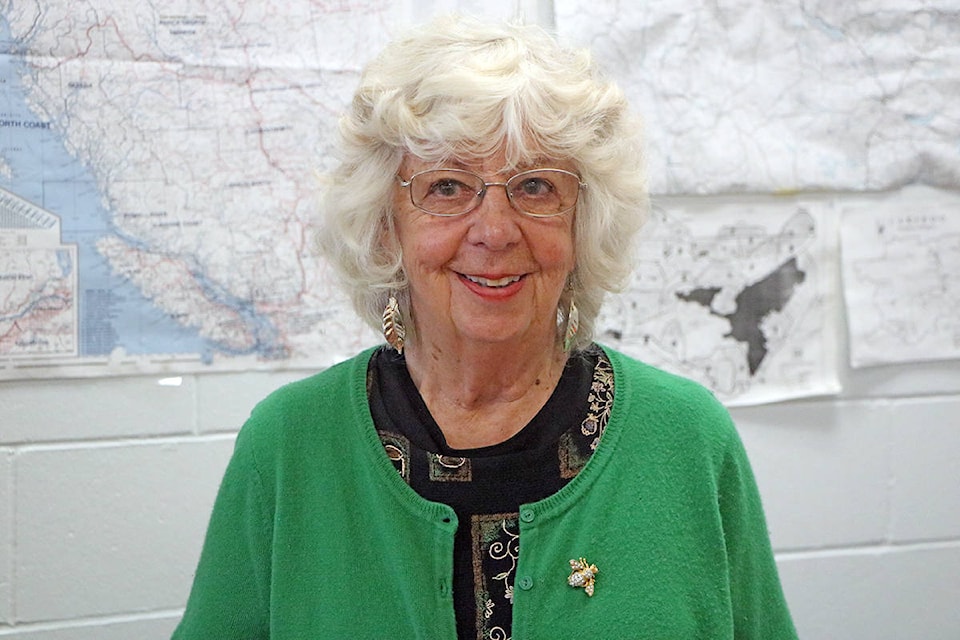During the Second World War, everyone was encouraged to grow as much of their own food as they could in Victory Gardens that flourished in tiny city backyards and larger shared plots.
Throughout the past summer, a similar movement took place. Hundreds of new gardeners enthusiastically planted all sorts of exciting things. Preserving the produce from their gardens for the winter ahead was the next step.
Freezing vegetables was one option. Some things could be dried, such as fruit. The biggest surge in methods of preserving vegetables and fruit was by canning much of it.
Marg Huber grew up on a prairie farm near Seamans, Sask.
“There were no fridges or freezers in those days,” Marg said. “During warm months, food was kept cold in a bucket in the well. Mother canned whatever she could get for the winter: vegetables, chicken, pork, whatever was available.”
They picked and canned saskatoon berries, Marg said, while her mother made the girls dresses out of bleached flour sacks with something red on them so she could see where they were picking.
READ MORE: First Nations men served alongside non-native soldiers
When she moved to the Cariboo in 1973 with her husband and three children there were still no freezers. “We had our own beef, pork and chickens and when we slaughtered, I would cut everything up and can every last bit,” she said. “We had a garden so I had a lot of vegetables to work with. I would buy cucumbers in town for all kinds of pickles. I still make dill pickles, mustard and sweet pickles, pickled beets, beans, carrots and zucchini relish.
“I buy bushels of fruit for canning. It can seem expensive but you can put in the amount of sugar you want, and the quality of the fruit is much better than store-bought. I canned 80 pounds of peaches and 30 pounds of pears this summer.”
She still cans different kinds of meat. Her canned chicken is tender and delicious and comes in handy for quick meals, often for visitors. Her canned wieners taste so good they are a special treat for grandchildren. She often sends peaches and cherries to great-grandchildren in Alberta and to other family members, along with birthday cakes with coins wrapped in foil hidden in them. Money cakes, the children call them.
Marg has an old-fashioned, roomy cellar. The shelves are packed with colourful rows of jars, large and small. It looks like a specialty food shop. A few empty jars wait off to the side.
“With such an increased interest in preserving food by canning, all canning supplies have been in short supply,” she noted. “I have gathered a lot of jars through the years, including some of my mother’s. And I must have several dozen empty ones in Alberta! This year, I’m drying a lot of seeds such as squash, beans and peas to ensure that I will have them to plant in the spring. It’s all about survival. In the winter we might not be able to get to town, or there may not be much available in the stores.”
Although Marg preserves food for her family, through the years the bounty of her work has been enjoyed by many people. If she hears of someone who is sick, down on their luck, or in need of a bit of cheer, she drops off a “care box” of her wonderful bread or buns, canned goods and a bag or two of cookies.
Marg always says, “Be sure to put a pinch of love into everything you make.”
And so she does.
newsroom@100milefreepress.net
Like us on Facebook and follow us on Twitter.
